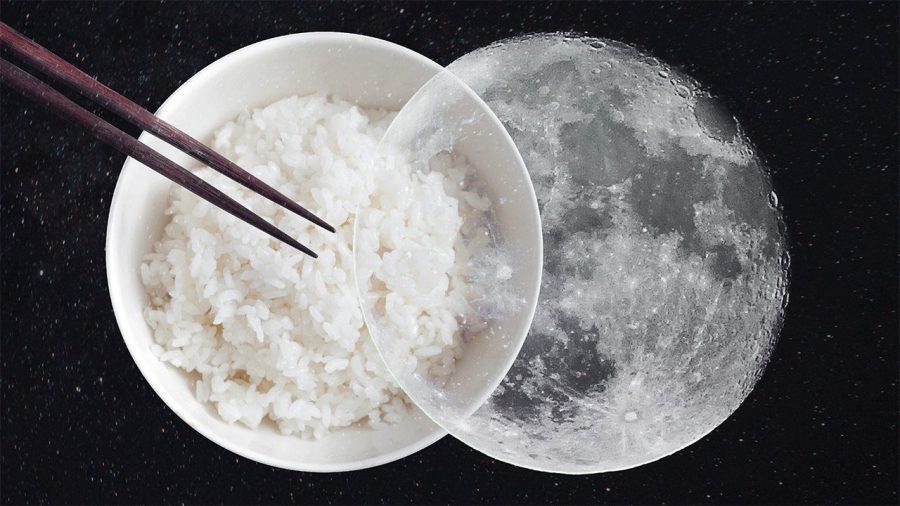Among the factors behind soaring agricultural commodity prices this past year has been China’s food imports and its efforts to boost food security. And while pandemic-related supply constraints among exporters grabbed headlines, China has been heavily reliant on food imports for years.
With that, the most populated country in the world is attempting to address its food shortages.
China relies on imports for several major crops as well as animal feeds. Demand for the latter is being driven by the country’s increasing appetite for meat as it becomes wealthier. China is expected to import a record 44 million metric tons of coarse grains for the 12 months ending in September—more than double from a year earlier—as its corn purchases hit records, according to the U.S. Department of Agriculture. The deteriorating relationship between China and exporters like the U.S. and Australia has increased the urgency of boosting domestic food supply (The Wall Street Journal, July 13).
Arable land and food safety
While economic development has allowed China to make considerable strides toward feeding its 1.4 billion population, serious obstacles remain for the world’s largest food importer. Chinese leaders face the dual challenge of maintaining economic growth while feeding the country’s growing urban population with a countryside that features about 0.21 acres of arable land per capita.
The lack of arable land is further complicated by the reality that poor regulation has caused significant environmental damage, which greatly limits domestic production capacity. In 2018, 15.5 percent of China’s groundwater was labeled “Grade V,” meaning it was so polluted that it was unsuitable for any use. Widespread soil contamination, especially in southern areas like Henan province, prompted the government to prohibit the farming of eight million acres of contaminated agricultural land until it can be rehabilitated.
Food safety issues have also hit the country in recent years. In 2008, tainted baby formula killed six infants and sickened more than 300,000. Additional scandals have included the seizure of $483 million worth of illegally smuggled meat in 2015 and numerous instances of the use of illegal “gutter oil” in restaurants. The implications are damaged consumer confidence in many Chinese-made food products, pushing some consumers to seek products made outside of the country. A 2016 survey found that roughly 40 percent of Chinese consumers considered food safety to be “a very big problem,” up from just 12 percent in 2008.
With that, China made major revisions to its national Food Safety Law in 2015 to tighten food safety regulations and strengthen enforcement, but challenges persist. The 2019 Global Food Security Index ranked China 38th out of 113 countries in terms of food quality and safety. (China Power Project/Center for Strategic & International Studies, August 2020).
Other government actions
Earlier this year, China vowed to expand domestic crop production after imports surged to unprecedented levels. Agriculture minister Tang Renjian pledged to improve crop yields of locally-grown rice, wheat, soybeans and corn while protecting against farmland loss. China’s local production has been unable to keep pace with its burgeoning demand for animal feed as its hog population rebounds faster than expected from African swine fever. Imports soared in 2020, and there are expectations that China is on its way to become the world’s largest corn buyer, just like soybeans, where the nation currently imports about 60% of global trade.
China is in the process of developing corn growing areas mainly in the northeast regions and along the Yellow River, as well as stabilizing soybean production. The ministry is working with local authorities to improve the subsidy policy and compensation mechanism for grain farmers, according to Tang.
For rice, the nation will maintain the area for double-season production in the south while trying to increase yields. It will also recover wheat acreage in China’s north and northwest, said Tang.
The ministry also aims to increase construction of high-standard farmland with irrigation facilities by 25% this year. (Bloomberg, July 12).
Support for domestic seed industry and “space rice”
China also called for increased support for its domestic seed industry. As part of the effort, the government recently approved a plan to make seed sourcing a matter of strategic security and vowed to support research and agriculture projects.
One such project is the harvesting of China’s first batch of “space rice” from seeds that returned from a lunar voyage last year, with scientists hoping it could help create new plant varieties and boost food security. The crop was grown from the 40 grams of seeds that traveled with the Chang’e-5 lunar probe last year. More tests and plantings are needed to determine the best varieties that could be promoted nationwide to help improve China’s grain harvest. (Bloomberg, January 4).











